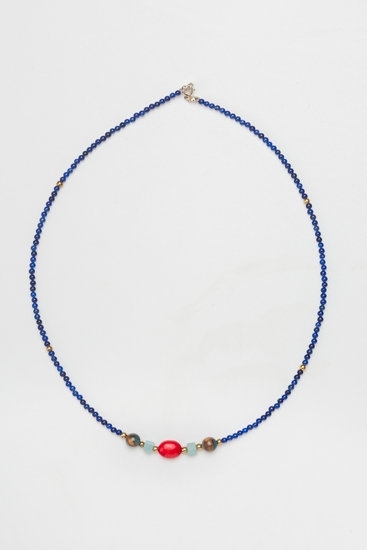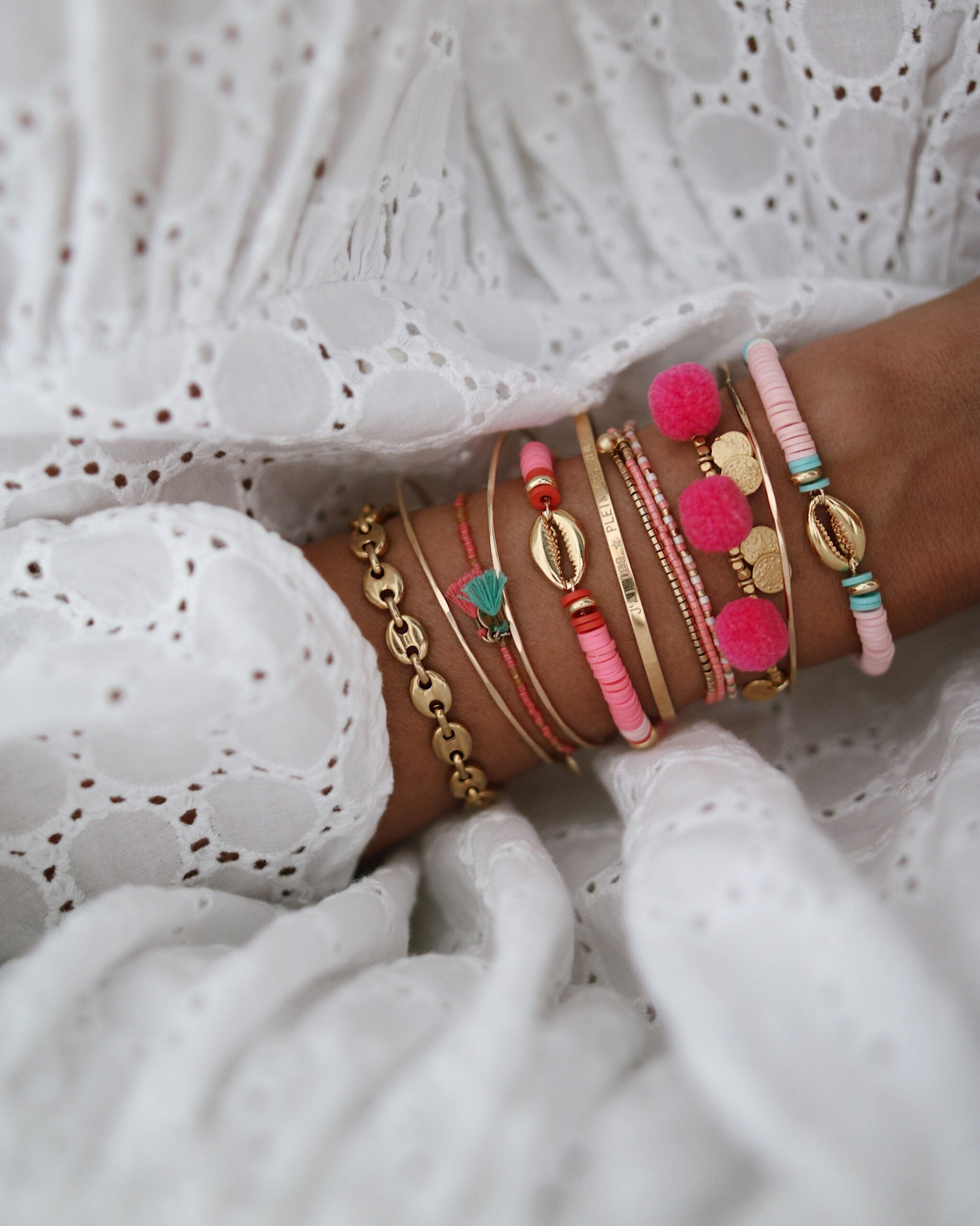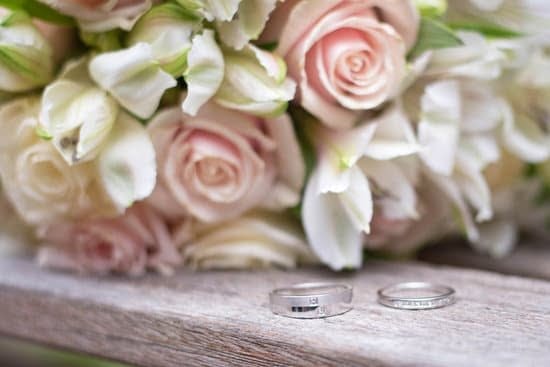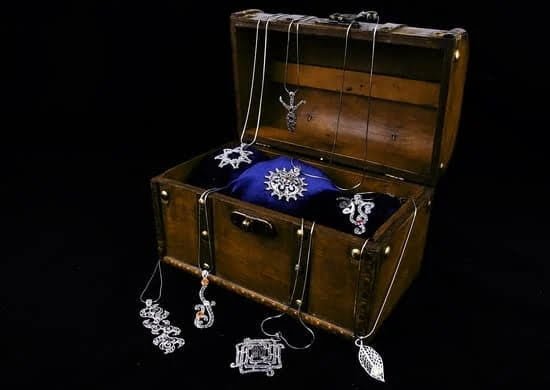Jewelry casting materials are essential components of many jewelry-making processes. Jewelry casting is the process of transforming liquefied metal into a desired shape, such as a ring or bracelet. The behavior of this liquid is determined by the physical properties and composition of the material it is made from. Thus, selecting the right jewelry casting materials can be vital to achieve successful results in jewelry making.
The most commonly used types of jewelry casting materials are gold, silver, platinum, palladium, aluminum brass and bronze. Gold, for example, is an excellent material for creating complex designs because it does not corrode and has unique malleability compared to other metals; however it can also be costly due to its rarity.
Silver is another popular choice among jewelry makers due to its affordability yet malleability combined with its vibrant color shades which can range from a light ivory tone through to a deep white sheen. Platinum adds strength and value while being corrosion resistant to ensure perfect long lasting results without compromising on design features or intricate detailing.
It is important to consider all aspects when choosing proper jewelry casting materials such as cost related factors, availability trends or even working convenience or comfort throughout production stages. Additionally, since the finished product will incorporate different gems or stones along with metals ,these complementary attributes should also be taken into account for greater aesthetic appeal.
Exploring the Different Types of Precious Metals
Jewelry casting is a widely used process in the creation of jewelry pieces. It involves creating customized shapes and designs in precious metals like gold, silver or platinum. Casting precious metals into distinctive forms enables designers to create a great variety of stylish and wearable pieces. With casting, nearly any shape can be created with enough technical knowledge and expertise.
Gold is one of the most popular types of metal used for jewelry casting due to its luxurious look. The yellow precious metal has a strong resale value as well and is resistant to damage and corrosion. Gold also retains its shine for an extended period and ages gracefully over time. In addition, gold contains several grades or alloys that range from 10K to 24K; the higher karat values are more expensive and somewhat more malleable than lower-grade varieties.
Silver is another type of metal favored by jewelers due to its value and affordability relative to gold. Silver has a white hue compared to gold’s yellow color which makes it suitable for certain designs where bright hues are desired. Silver features antiseptic qualities that makeit an excellent choice for items like wedding bands where germs can potentially hide in tiny crevices between rings or bands when stored over long periods of time without being washed often enough.
Platinum rounds out the trio with durability and strength, making it a top pick for creation of larger pieces such as necklaces and bracelets as it won’t easily scratch or dent under pressure from day-to-day wear & tear.
Furthermore, it may require very little buffing since it doesn’t tarnish but oxidizes at paces other materials struggle to do so, enabling users to enjoy their original piece over prolonged periods without demanding much maintenance or upgrading parts too soon.
Lastly, copper can also be used in jewelry casting but offers some unique challenges due to its tensile strength (softness). Since copper produces an orange hue after being pounded by hand tools, many prefer to use special coatings such as patinas (a mixture of chemicals) that may add colors ranging from blue-greens all the way up to reds on its surface when applied correctly – something that no other material can replicate effectively.
Additionally, copper works better than sterling silver when trying to capture small details because it melts at a significantly lower temperature than higher melted counterpart products allowing designers plenty of time during the molding process before it cools down again & might not reproduce intricate shapes accurately anymore if hardened prematurely.
A Closer Look at Platinum Casting
Platinum casting is gaining popularity in the world of jewelry design, thanks to its beauty and durability. It’s one of the strongest and most precious metals used in jewelry, and it also has a beautiful luster that can last for a lifetime. But what makes it so special?
When it comes to defining platinum, the term refers to a family of alloys that are extremely malleable and very resistant to wear and tear. This makes them incredibly popular when creating fine jewelry pieces such as wedding bands or earrings. Platinum is often considered preferable to other metals used in jewelry casting as it does not tarnish easily, nor does it require additional plating or refinishing over time.
In fact, it offers superior corrosion resistance which helps preserve its original shine for much longer than any other metal alloy. Additionally, because platinum is stronger than gold or silver, items created from this metal receive far less damage than those made from softer alternatives.
What’s more, when comparing platinum casting materials against others like silver or gold, they tend to be cheaper on a per-ounce basis due to their higher purity content – making them ideal for those looking for quality but remain conscious of price range.
Moreover another benefit of using platinum for jewelry casting is its versatility; it’s able to be crafted into a wide range of objects including intricate designs without compromising on structural quality or requiring extensive polishing before use.
As with any piece of fine jewelry, only experienced professionals should attempt casting with these types of metals as special tools are required along with specialized techniques that involve preheating and more sophisticated shaping processes compared to those needed for other materials.
Popular Types of Non-Precious Jewelry Casting Metals
Jewelry casting is the process of creating jewelry pieces with various metals. Many people gravitate towards precious metals like gold, platinum, or sterling silver to create their custom pieces. However, using non-precious jewelry casting materials can be just as effective while also being cost-sensitive In addition, they can often provide a unique look that many prefer and come in dozens of finishes.
Many aspiring jewelry makers use brass because it is both an extremely malleable metal and inexpensive. It is either alloyed with zinc to create a yellowish tint or alloyed with lead and tin to produce a white-grey hue.
Both varieties are easy to work with, polish well, and are resistant to tarnishing due to the protective coating and recent advances in surface treatments. Most hardware stores carry basic brass in sizes suitable for casting jewelry but local art supply shops can also offer many specialized designs for those seeking intricate detail.
Stainless steel provides a higher alloy version of ferrous metals that can also be used for jewelry casting needs. Just like brass, stainless steel produces detailed pieces with high polishing capabilities albeit at a greater cost but the endresuls are worth it due to the improved strength over other non-precious metals.
Stainless steel is available in multiple grades depending on its carbon content level which ensures it will remain rust free when exposed to extreme environmental elements such as saltwater or humid conditions presented by air pollution Stainless steel variants range from highly-polished mirror finishes all the way down to various matte finishes preferred by some jewelers wanting an industrial look without sacrificing quality or durability
The use of aluminum produces lightweight yet quite durable casts that will not rust or corrode long term when alloyed correctly However aluminum should not be polished unless specifically noted by the manufacturer It adds excellent properties into jewelry such as malleability light weight toughness and corrosion resistance There are two main types: aluminum bronze (3% copper) and aluminum nickel bronze(7 % copper) Both provide strong casts but carry slightly different aesthetics
For those who desire affordability coupled with reliability non-precious jewelry casting materials are ideal choices They offer protective coatings wide color scheme variationlittle hassle when polishing very reasonable costs numerous strengths along with beautify finish options Not only do these materials give users more freedom of design they make learning how t cast easier allowing them to produce only quality pieces time after time.
An Overview of Alloys and Their Applications
Jewelry casting is a method used to craft jewelry of the highest quality and with various desired looks. One of the most important factors in determining the quality of jewelry created through casting is the metal alloy materials used. Depending on their chemical makeup, different alloys offer different properties and benefits that are suited to particular applications.
The three primary alloys used in jewelry casting include silver, gold, and platinum. First, silver offers beauty and durability, making it a common choice among jewelers. It also has excellent ductility – it can be hammered or drawn into extremely thin sheets – allowing for intricate designs when working with the metal. Additionally, silver stays relatively affordable compared to gold or platinum alloys.
Gold is a much softer metal compared to silver; this makes it more malleable and therefore allows for more creative gameplay while crafting pieces. It is highly reflective yet won’t tarnish easily; this allows bracelets made from gold-alloyed metal to retain their luster for decades without having to be polished frequently.
Finally, platinum is one of the highest-grade alloys favored by jewelry crafters for its strength and ductility; however, it can be significantly more expensive since it requires five full furnaces to produce. Jewelry made from platinum-alloyed metal will not dull over time like its counterparts thus maintaining its shine for generations down the line.
In order for craftspeople to create high-quality pieces of jewelry using casting methods, they must select an appropriate alloy material that meets their specific requirements as well as those of their clients. More complex projects may require an advanced specialty alloy that is tailored specifically toward a certain application; these rarer alloys should only be worked with by experienced professionals due to potentially hazardous conditions that come along with them.
Overall, while choosing between metals can seem intimidating at first glance knowing each individual prospective alloy’s qualities can help make an informed decision when selecting which one works best for each respective project at hand.
The Benefits of Patinas for Jewelry Casting
Jewelry casting is the process of crafting jewelry pieces by pouring molten metal into a mold. It can be used to produce intricate and personalized designs, allowing for artisans to create custom pieces for clients or for their own projects.
However, the quality of jewelry cast depends not only on the material selection but also on the patina used to accentuate and highlight various features of the design. Patinas are oxidation treatments applied to metals while in liquid form, which create different colors and textured effects when they react with the metal surface.
Patinas offer many different benefits when it comes to casting of jewelry. Firstly, they give castings richer color depth by enhancing certain tones within the metal. For example, a blue-black patina could add a vibrant gradient of color to silver or white gold pieces whereas an orange patina could warm up yellow gold casts.
Secondly, patinas can provide texture and visual interest which makes them ideal for more detailed designs like scrollwork or filigree pieces that need more texture to draw attention away from any flaws on an otherwise smooth surface. Additionally, they also provide an added layer of protection that helps prevent tarnishing and corrosion over time.
Patinas can be applied either before or after casting; each method has its own advantages and disadvantages depending on what’s being created. Pre-casting patinas are best used when working with softer metals such as copper and aluminum or if keeping consistent patterning throughout the cast is important since any stain remover will remove all pre-applied solutions evenly if they become scuffed during stamping processes later on down the line.
Post-casting means faster upfront results which makes it popular among those wanting quick projects but this type can require further maintenance; specifically buffing every now and then depending on what type of metal is being used as some patinas may have more reactive qualities than others – – though proper pickling should always help maintain results no matter what.
In conclusion, when done properly patinas can be an essential tool for jewelers looking to enhance their casts with unique visual flair without compromising their original integrity or requiring extra work afterwards in order to maintain quality standards over time. With all these possibilities available, it’s easy to see why so many jewelry artisans rely heavily upon this method for creating truly stunning pieces meant to last generations.
Mold Making Materials and Their Various Usages
Casting jewelry requires a certain type of mold-making material in order to form the perfect shapes and details while creating the custom piece. Two of the most popular materials used for creating molds are silicone rubber and epoxy. The use of silicone rubber is especially helpful when accuracy and flexibility are key components, as these features make it easier to create intricate details when compared to other more rigid materials.
For example, silicone is often used for making detailed pieces that have a high degree of detail or require a complete set of pieces like a bracelet or necklace. Silicone is also heat resistant, allowing it to be reused multiple times without fear of melting or deforming from overly hot temperatures.
Another popular choice for making molds is epoxy. Although not as flexible as silicone, epoxy makes up for this with superior strength and rigidity that can handle tougher surfaces and more frequent use. This makes it ideal for larger pieces where weight and pressure may be an issue during production such as rings, heavy chains, and other heavier pieces.
Epoxy also has excellent adhesion properties which make it an ideal medium for tightly encapsulating smaller items into complex designs when creating distinctive jewelry pieces. Additionally, because of its malleability, epoxy often creates an exact replica instead of an impression when properly casted; giving you almost perfect results every time with no need to sand or smooth your final product after curing.
Finally, depending on what type of jewelry you’re producing, different mold-making materials may be necessary in order to achieve even greater levels of customization and precision results. A number of wax carvers are available which allow for extremely precise carving techniques that cause no distortion whatsoever to delicate projects like custom wedding bands or engagement rings featuring small diamonds or stones set within them.
Specialty resins like urethane based products provide superior bond strengths allowing complex components to remain tightly secured in place throughout their assembly process resulting in sleek finished products requiring minimal filing once complete.
Looking Ahead to the Future of Jewelry Casting Technology
The use of jewelry casting technology dates back thousands of years and has been used to create pieces that are both beautiful and durable. The casting process utilizes specialized materials in order to form, shape and assemble pieces of jewelry. As jewelry makers, manufacturers and hobbyists have become more technologically advanced, so has the level of material sophistication used in the casting process.
Today, a wide range of materials can be used for jewelry casting including precious metals like gold, silver, platinum and palladium as well as non-precious metals such as bronze and brass. Additionally, gemstones may also be included in the cast item.
Jewelry makers have recently begun exploring alternative materials such as plastics, ceramics and resins for use in the casting process thanks to newfound technologies related to 3D printing. This allows jewelrymakers to not only create detailed designs that were previously impossible but also use durable materials that could not be created through any other processes.
Furthermore, these alternative materials can be made with customizable colors and textures which give the designer the ability to unleash their creative potential without sacrificing durability or quality control.
Finally, advances in various digital software systems have enabled jewelry makers to design precise pieces using CAD/CAM programs which can then be accurately printed out or produced with 3D printing technology. This innovative capability also allows for metal alloys to be combined with unique colors for a distinct finished product which will guarantee buyers something no one else has seen before.
The possibilities that this new technology offers provide limitless potential for traditional products as well as brand new ones yet never imagined by modern crafters – setting the stage for future generations of inspired jewelry casters and those looking forward it releasing their true potential with this growing craftsmanship trend.

Welcome to my jewelry blog! My name is Sarah and I am the owner of this blog.
I love making jewelry and sharing my creations with others.
So whether you’re someone who loves wearing jewelry yourself or simply enjoys learning about it, be sure to check out my blog for insightful posts on everything related to this exciting topic!





